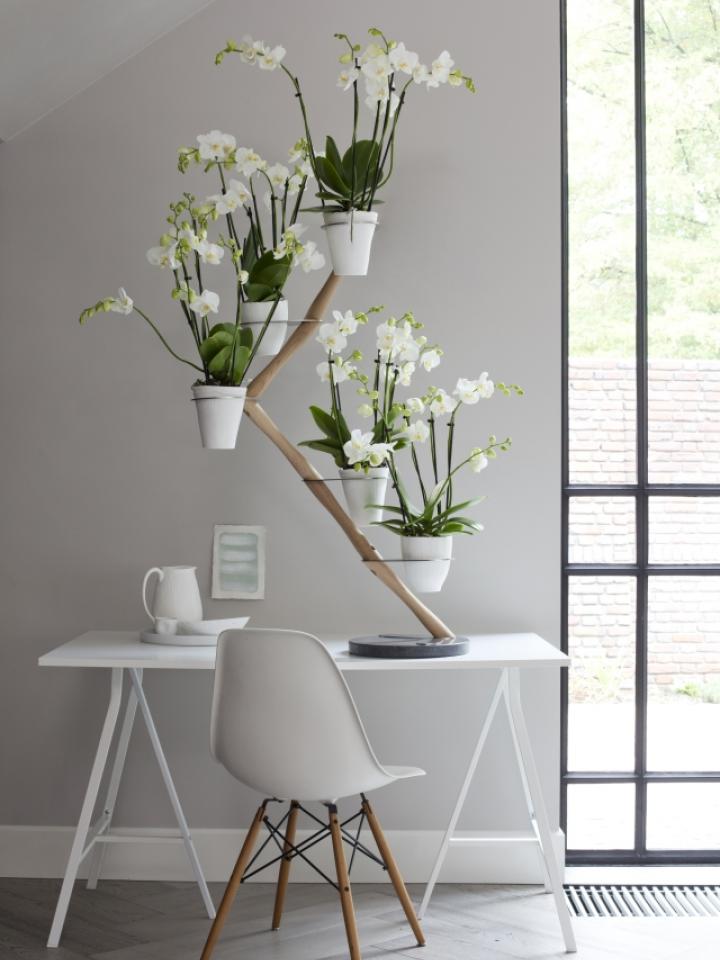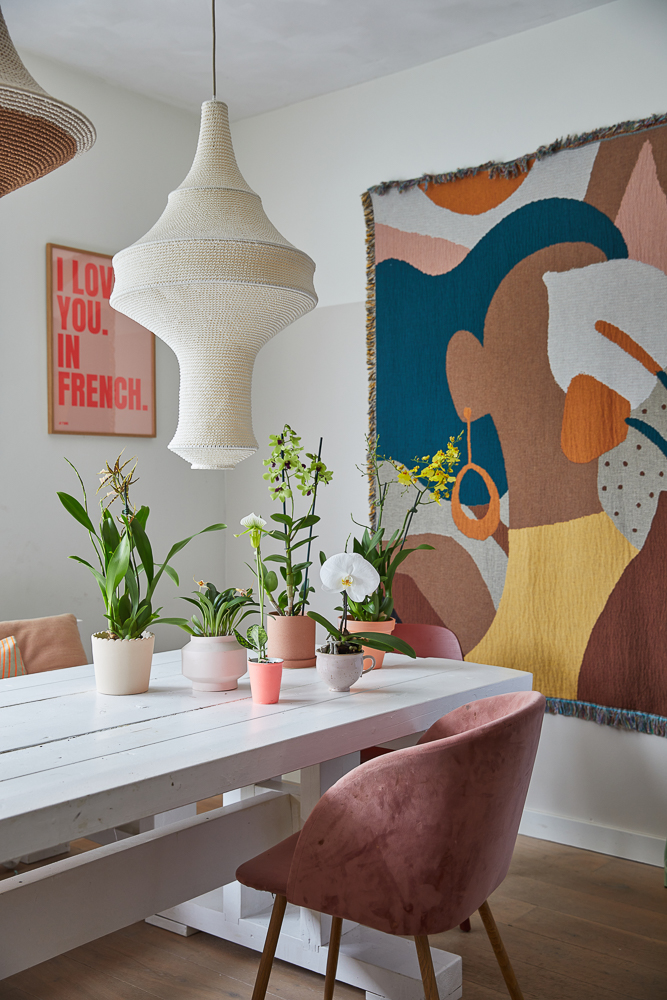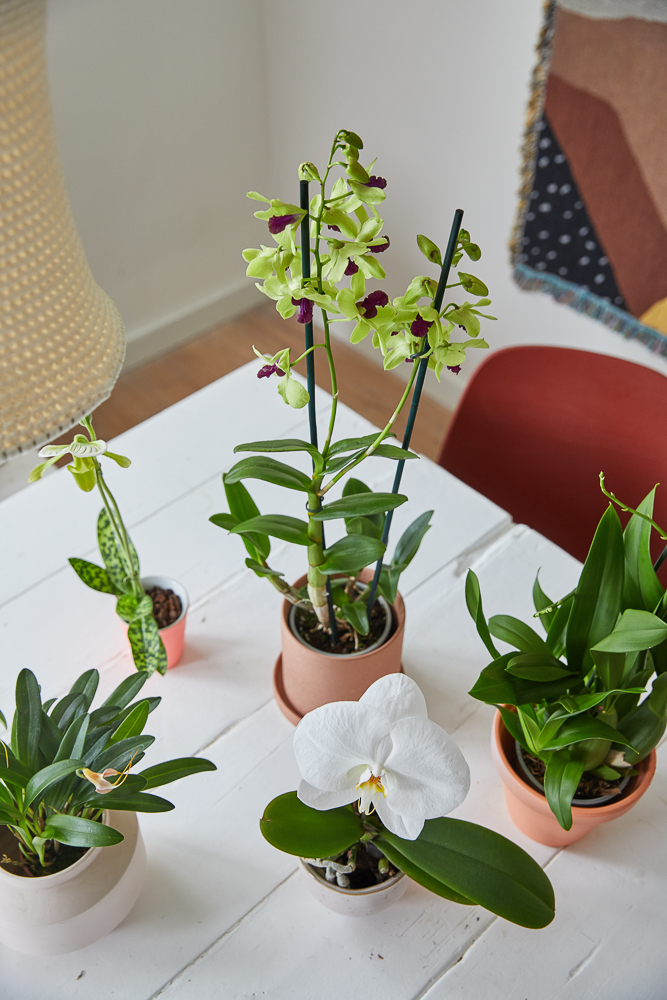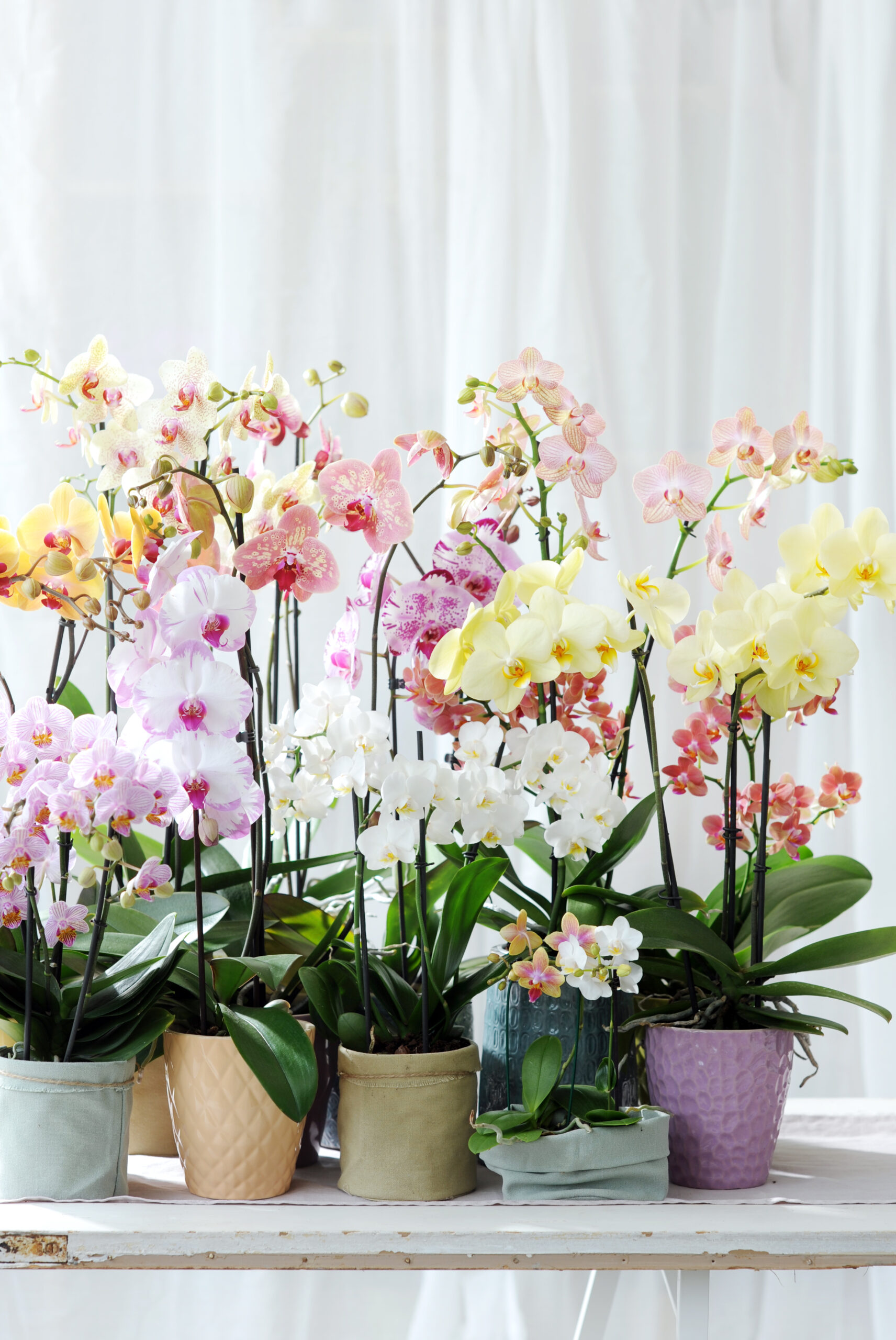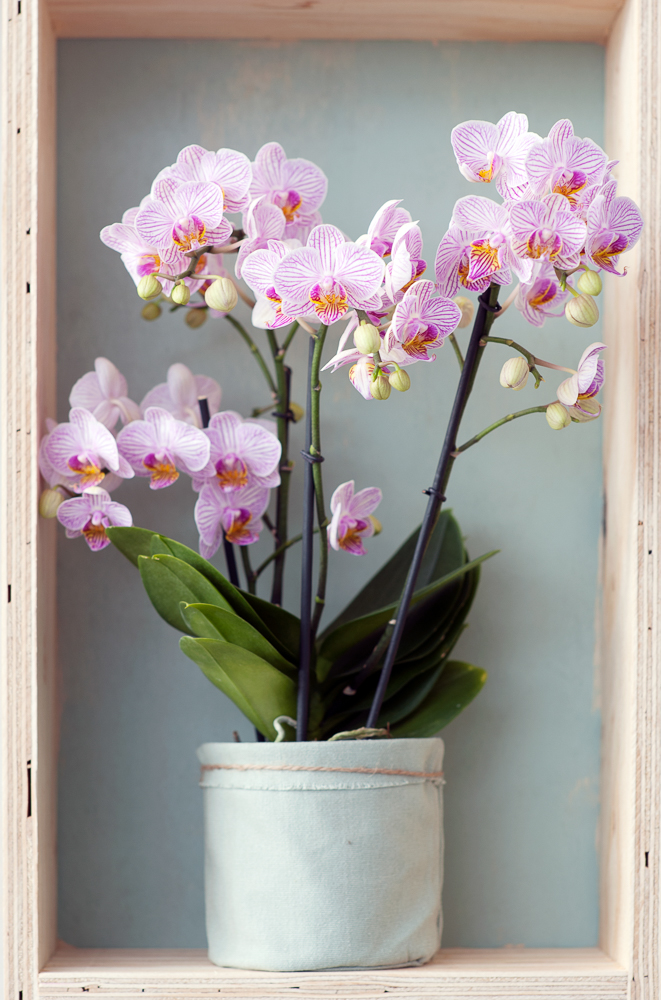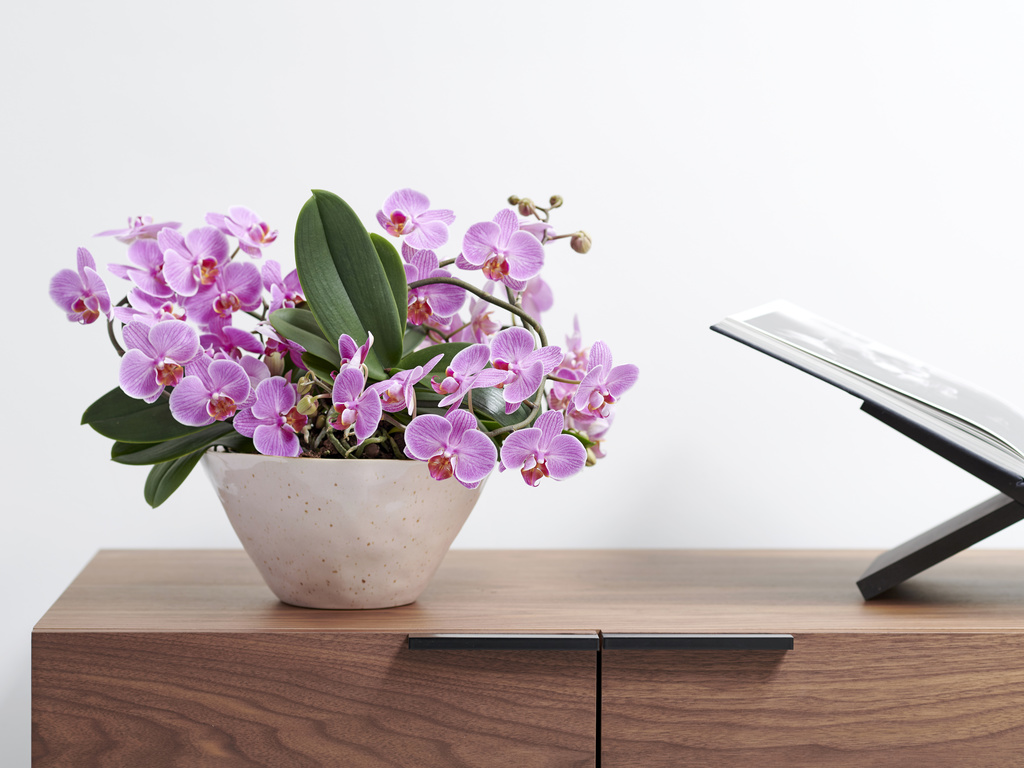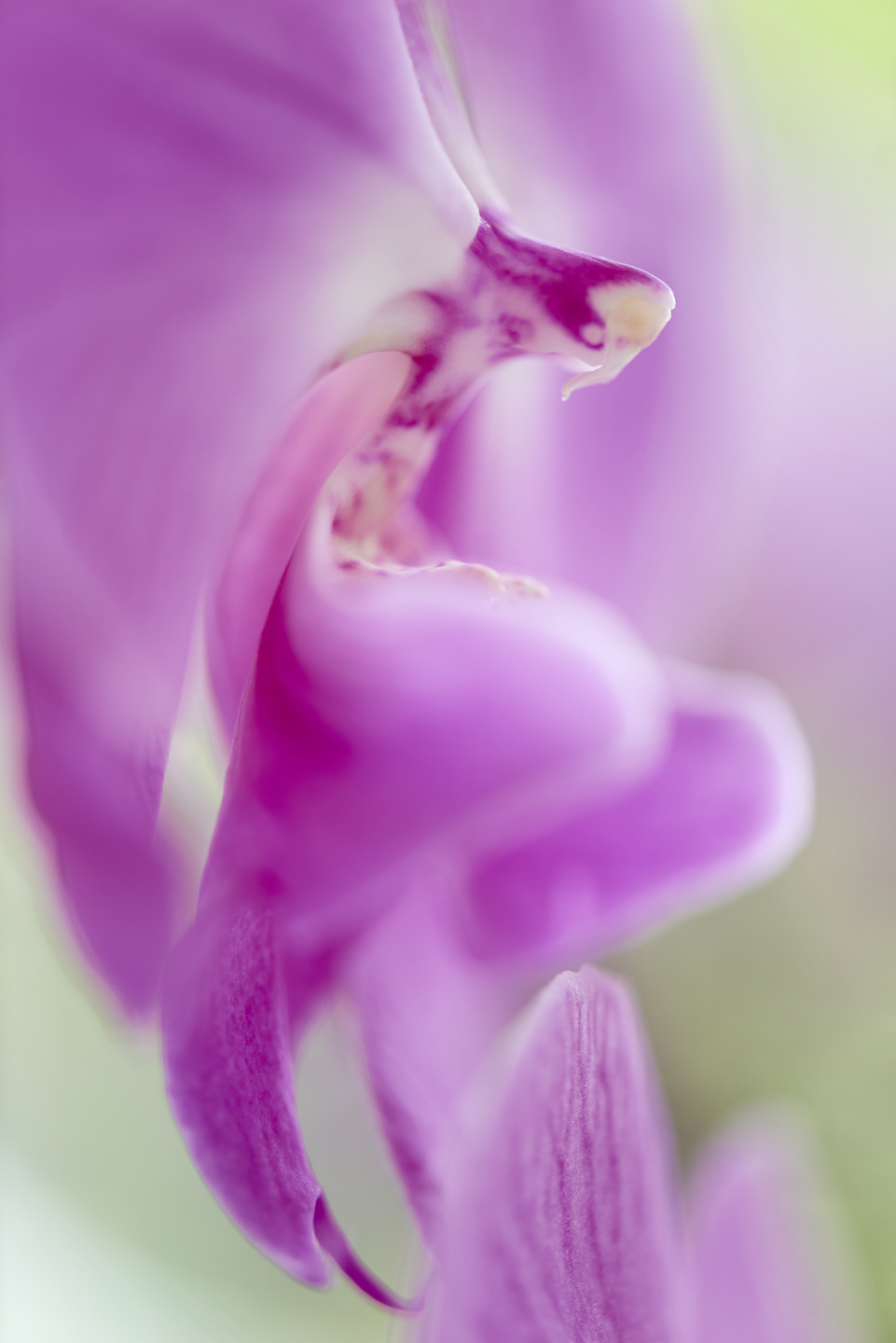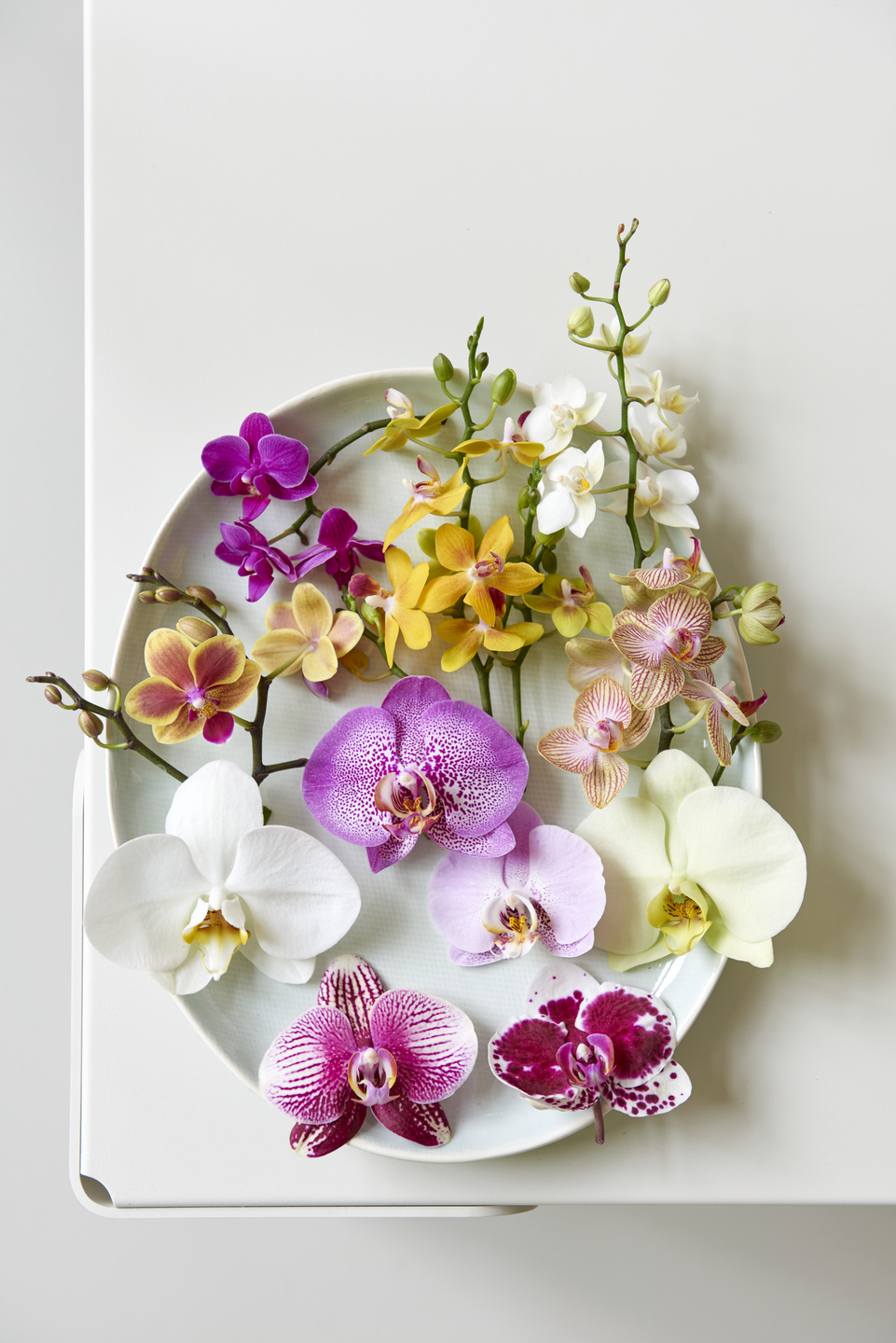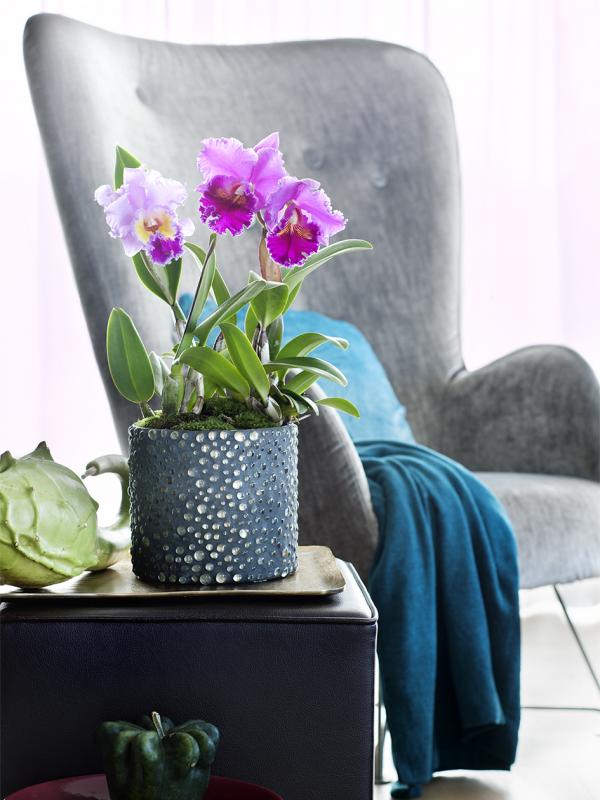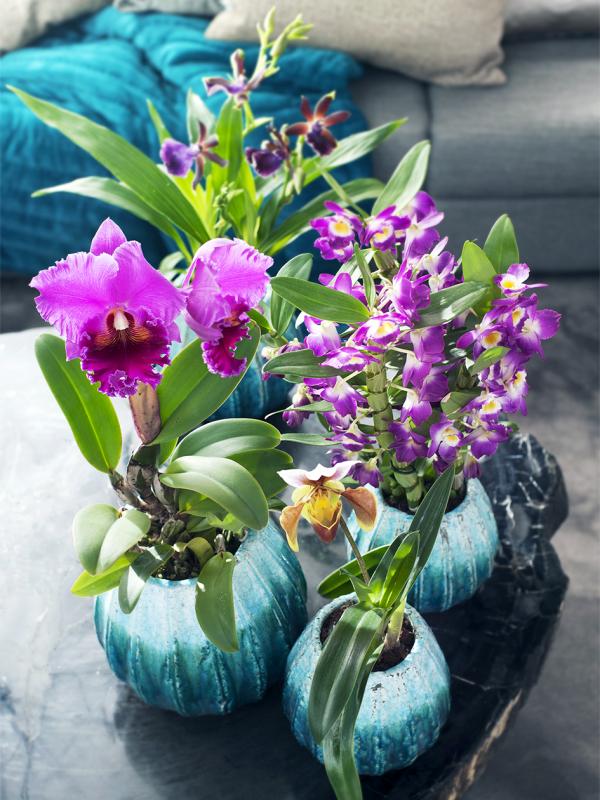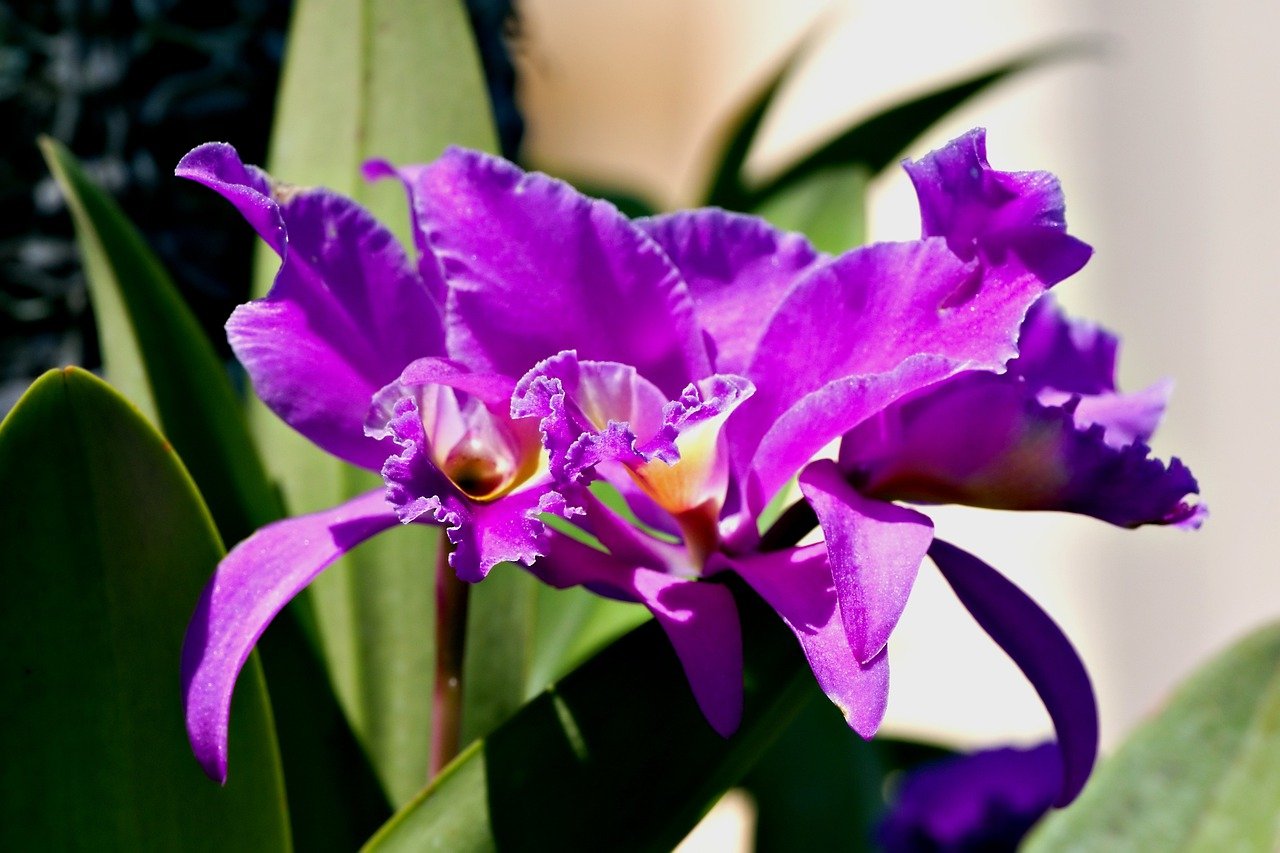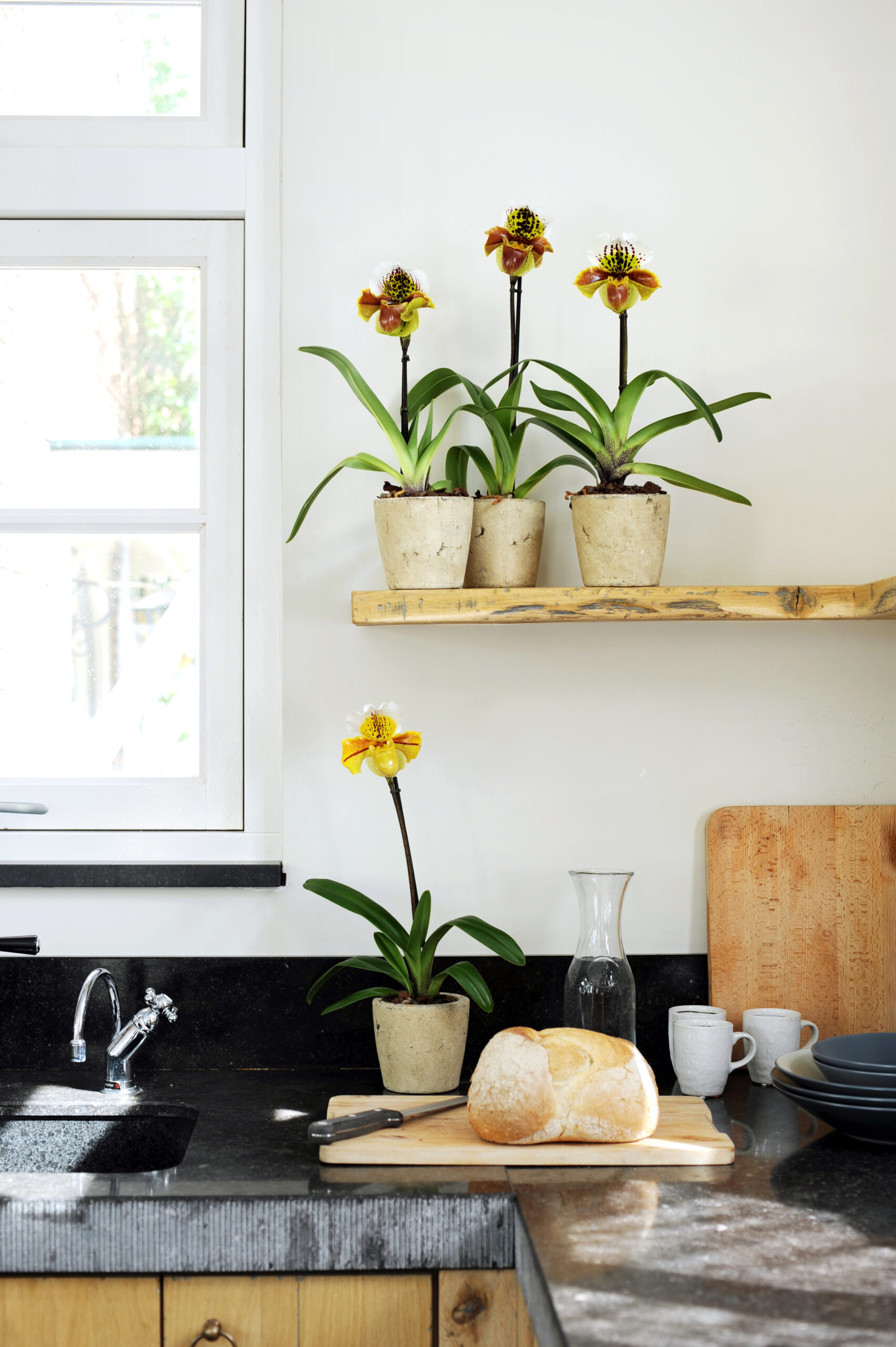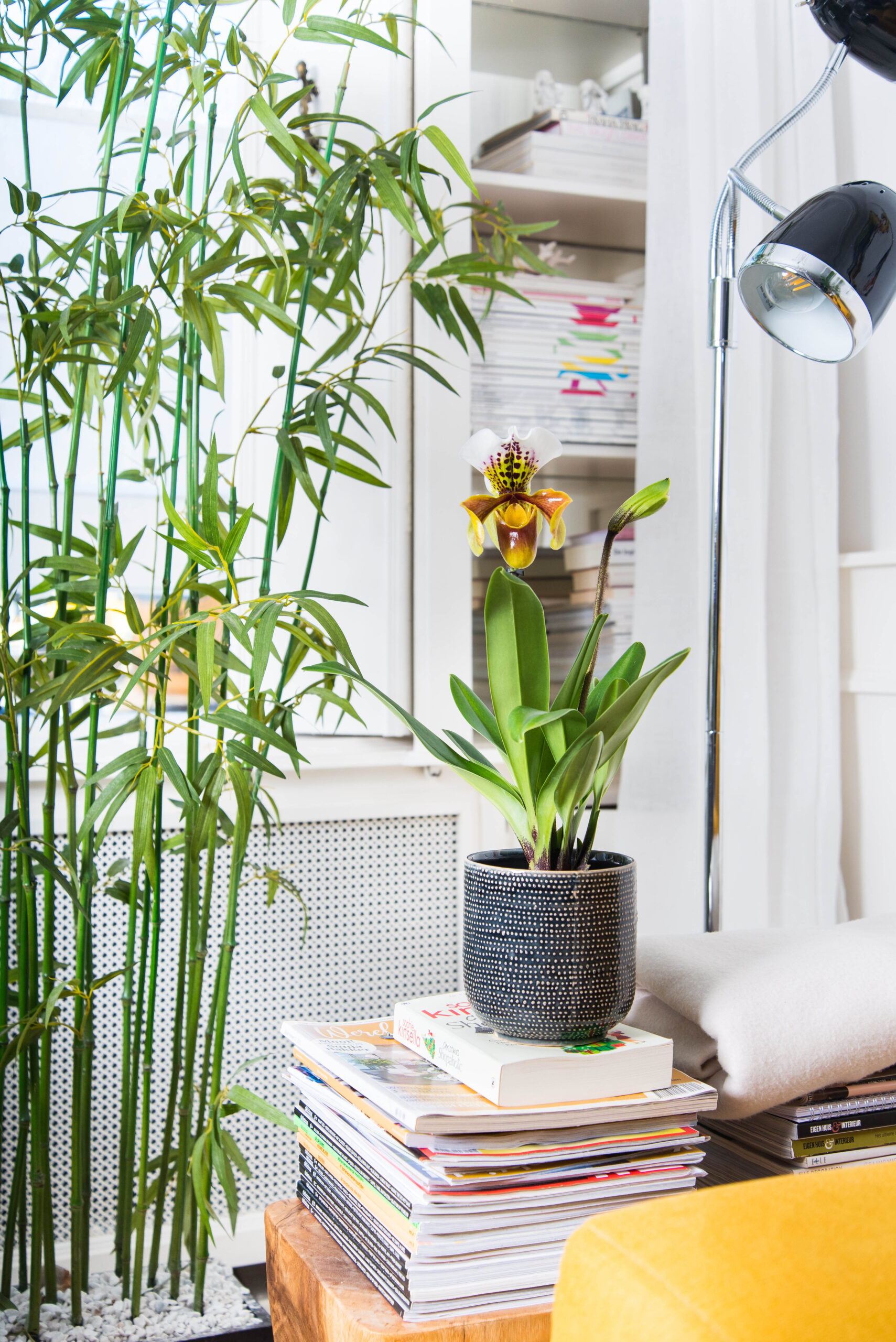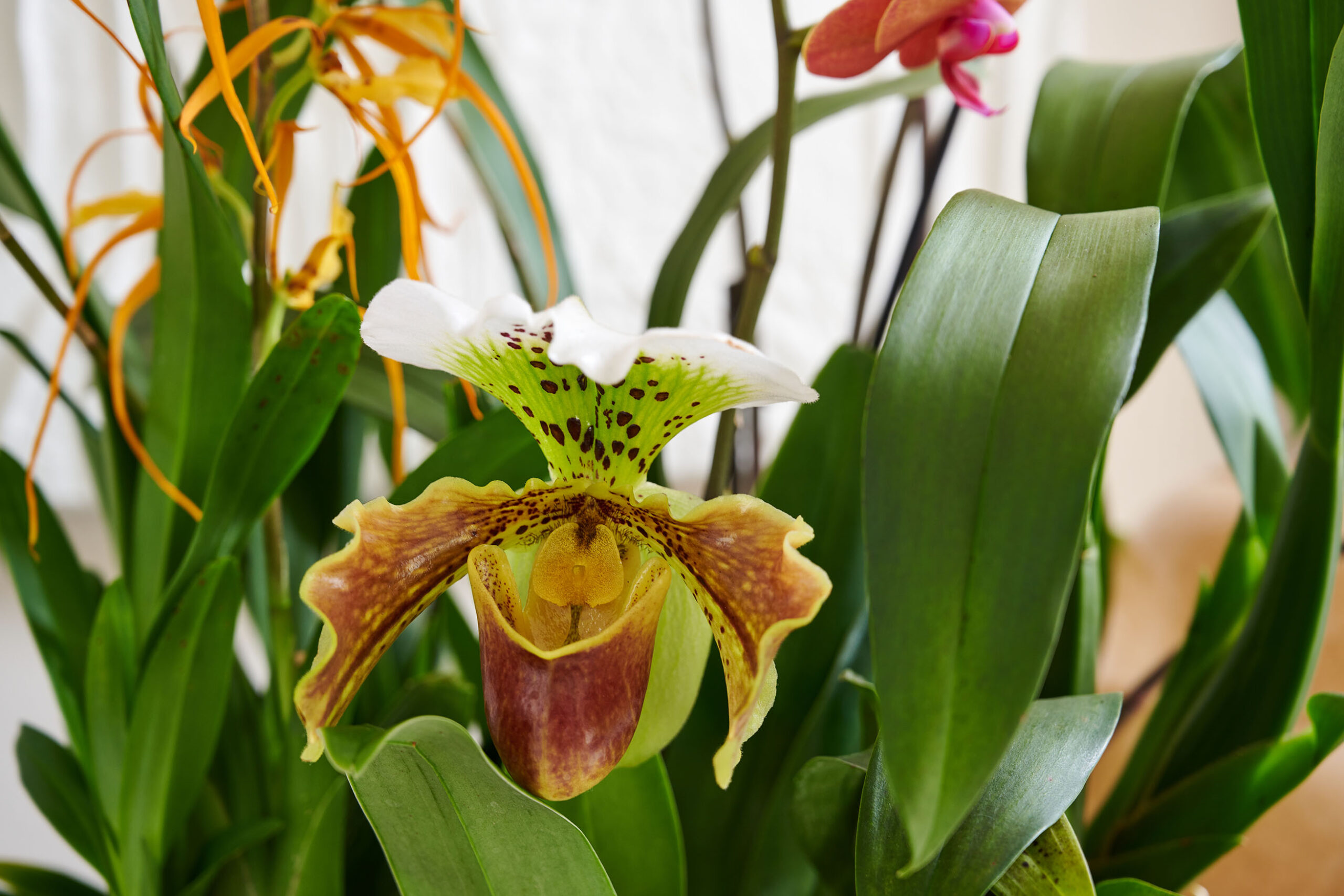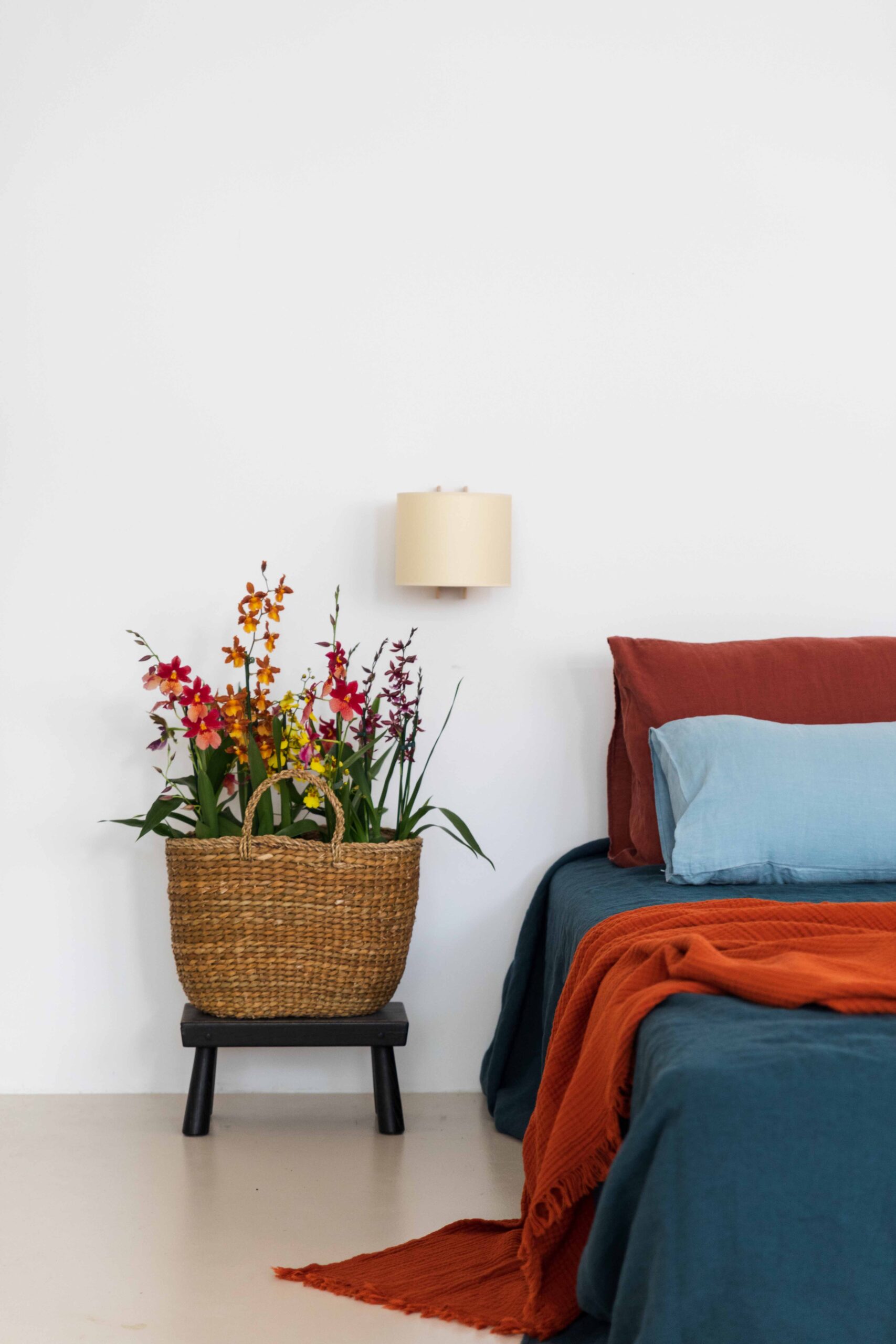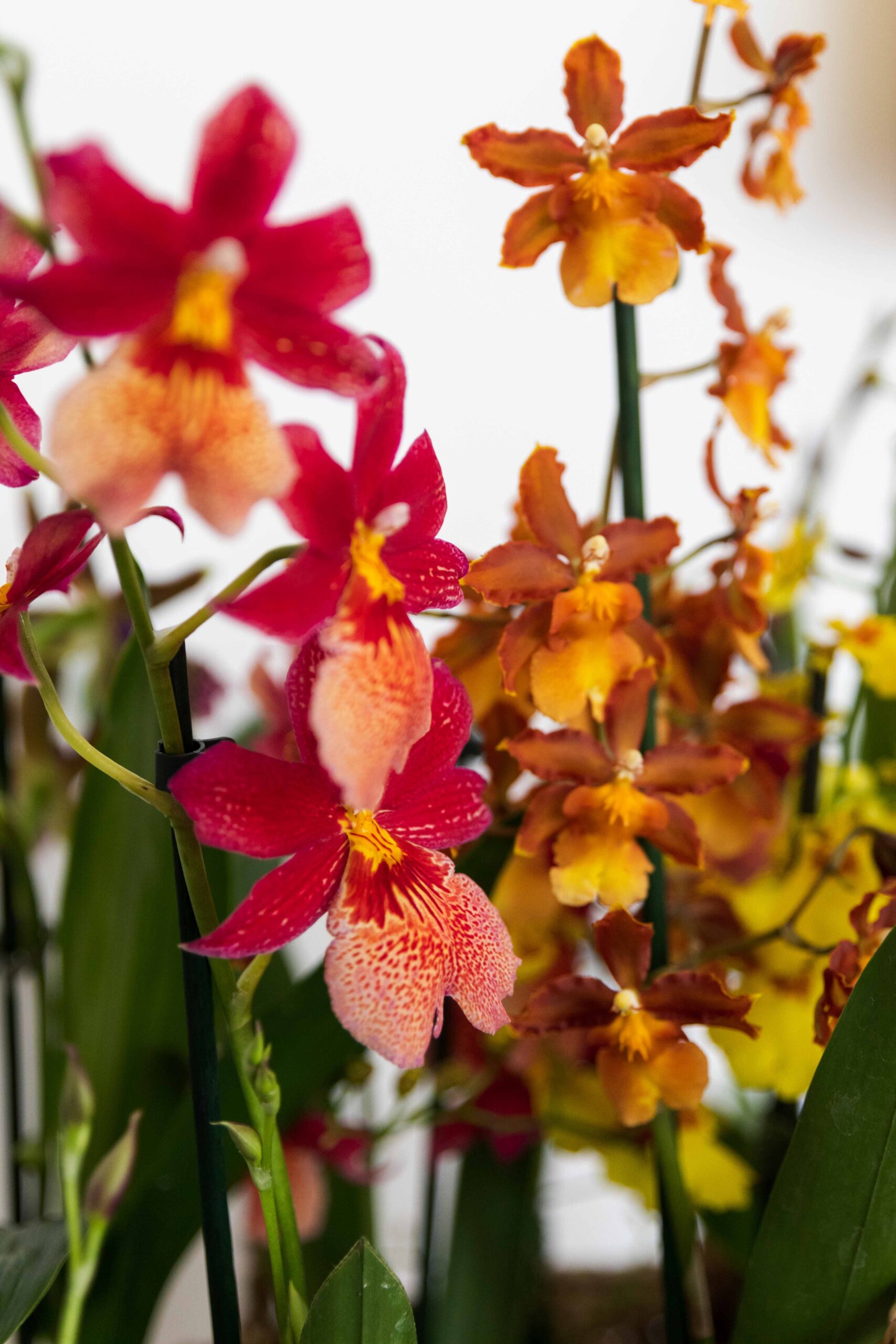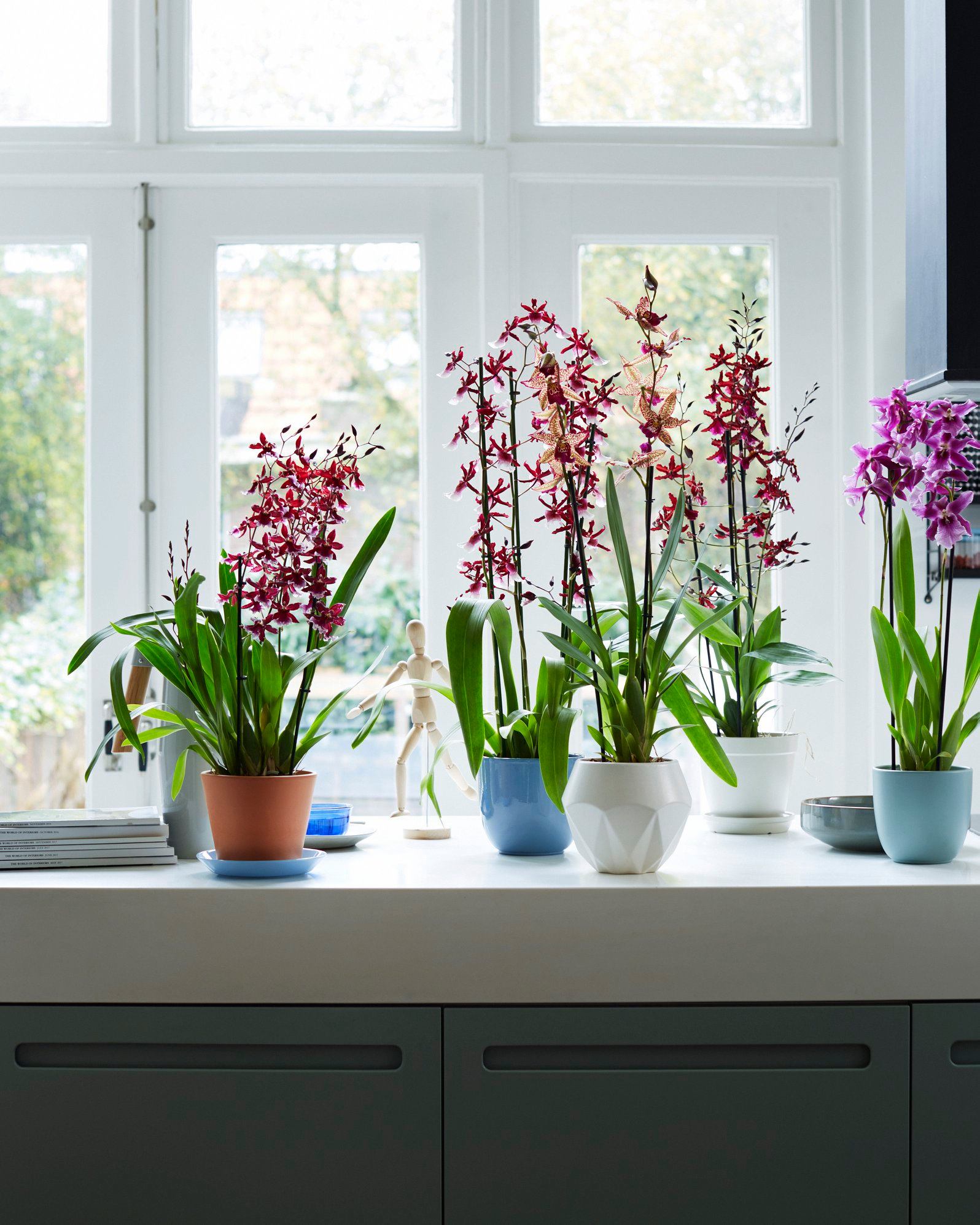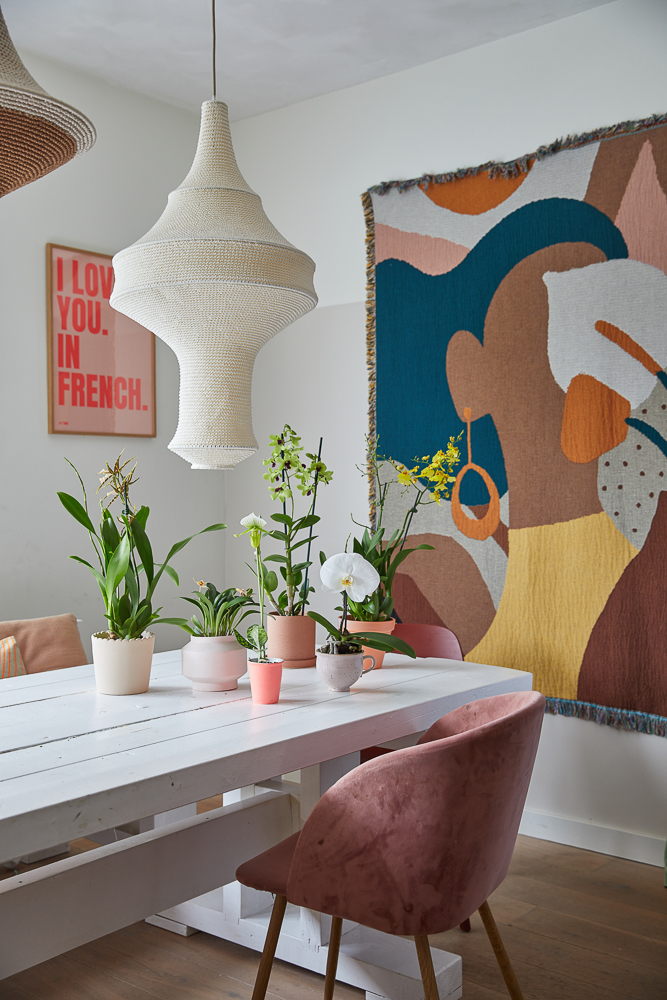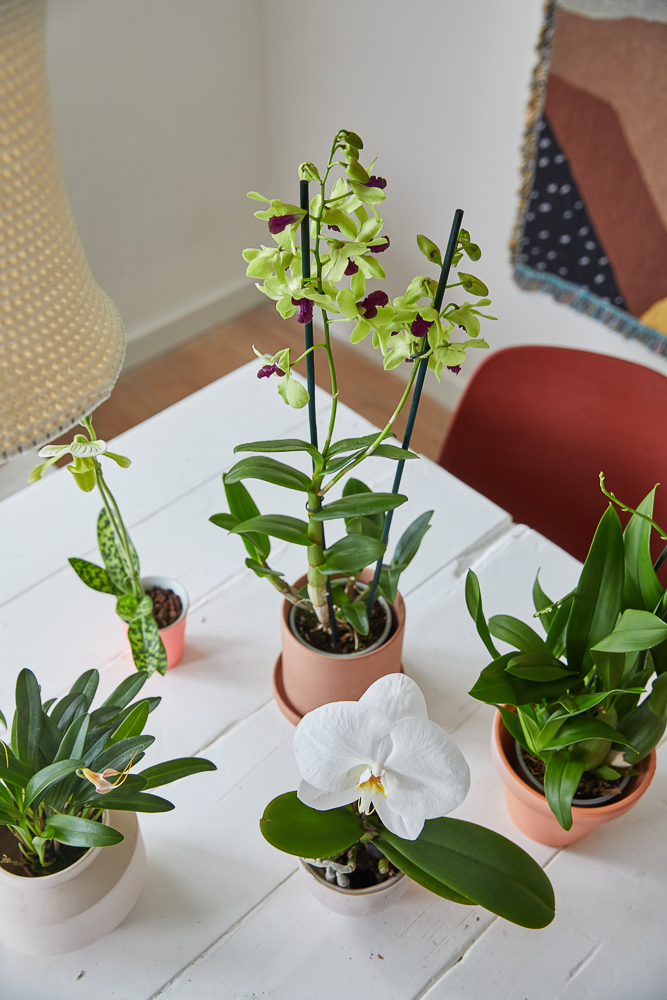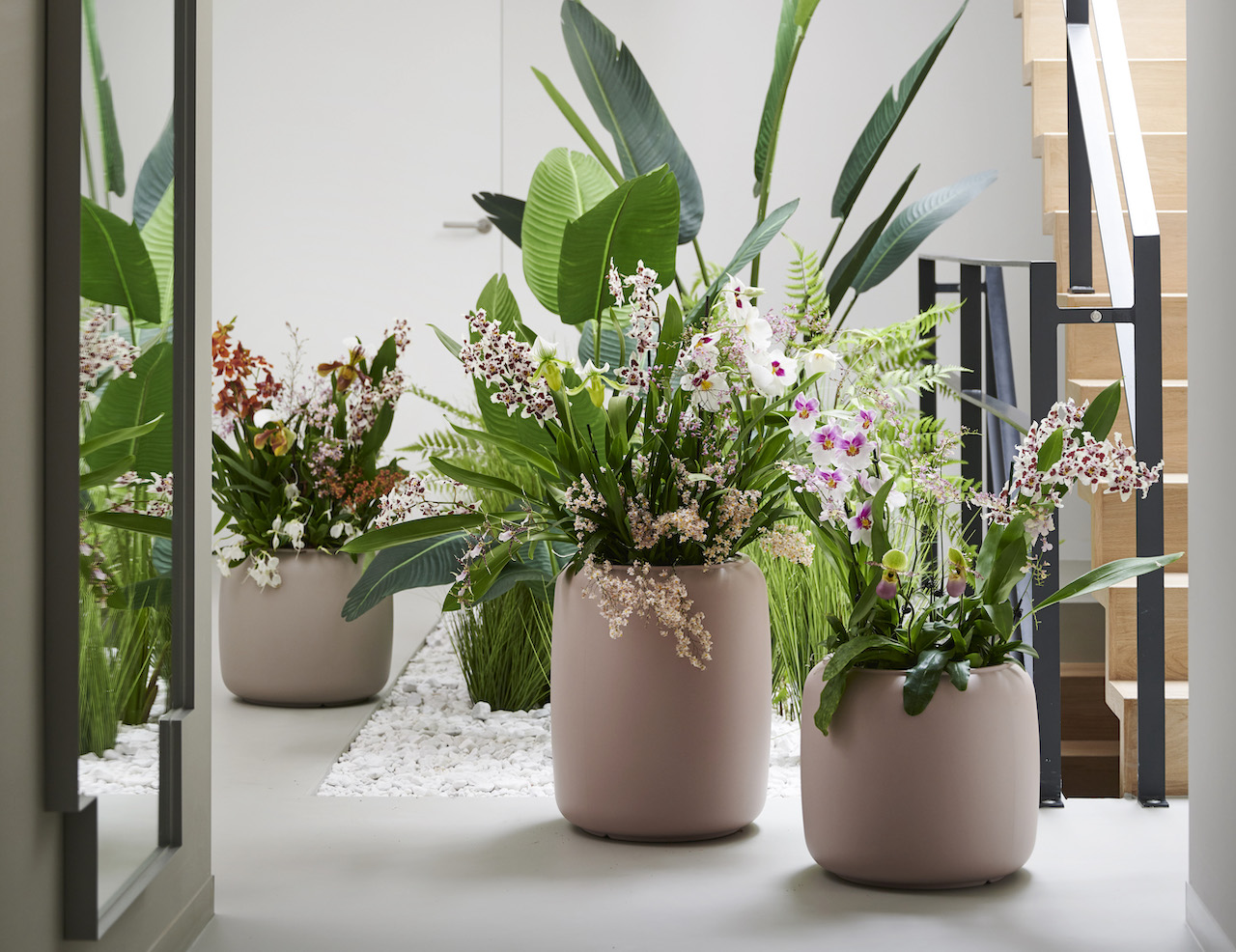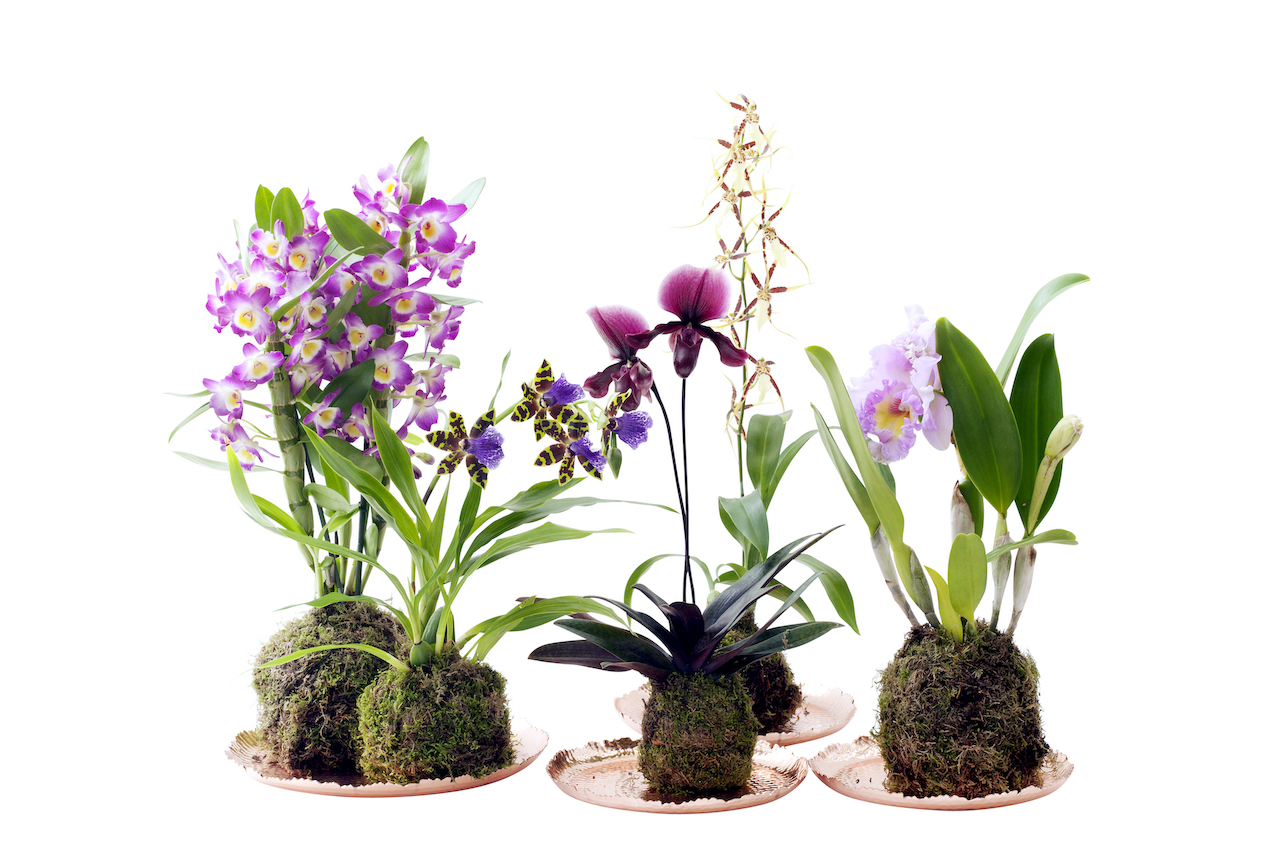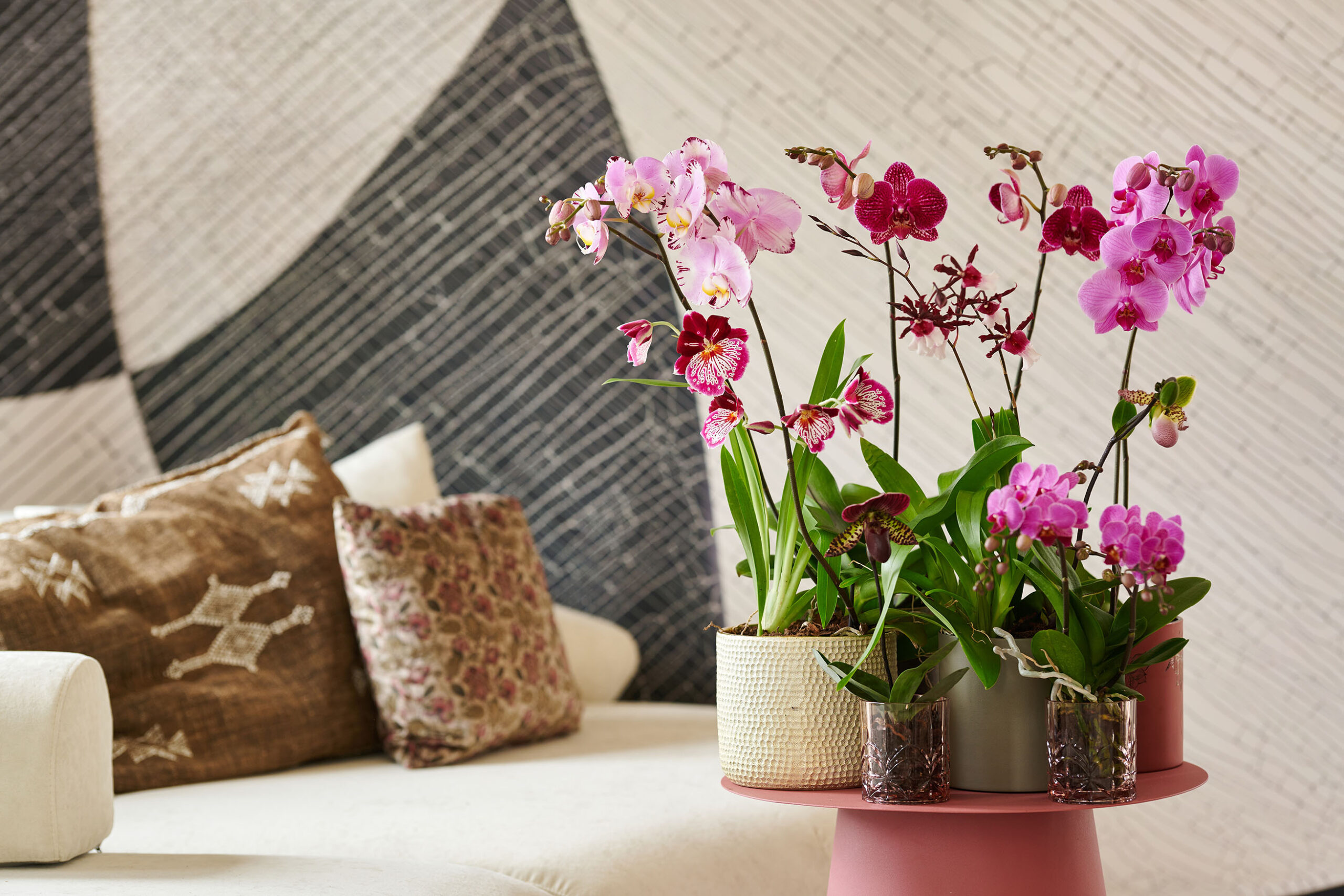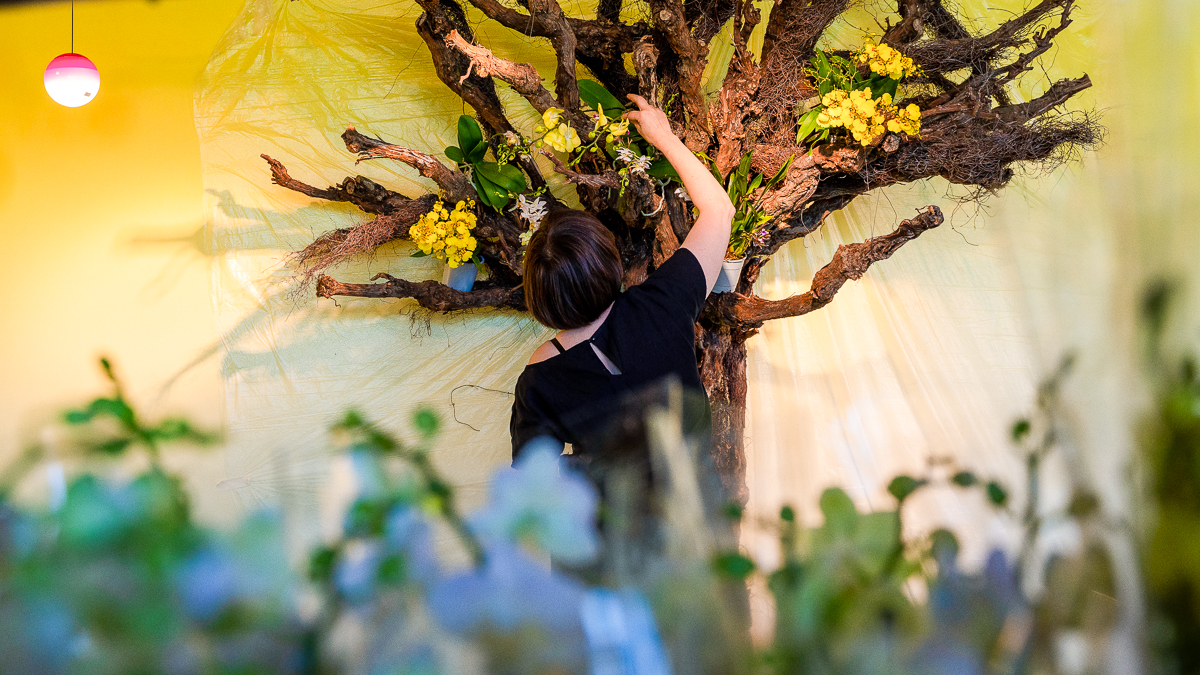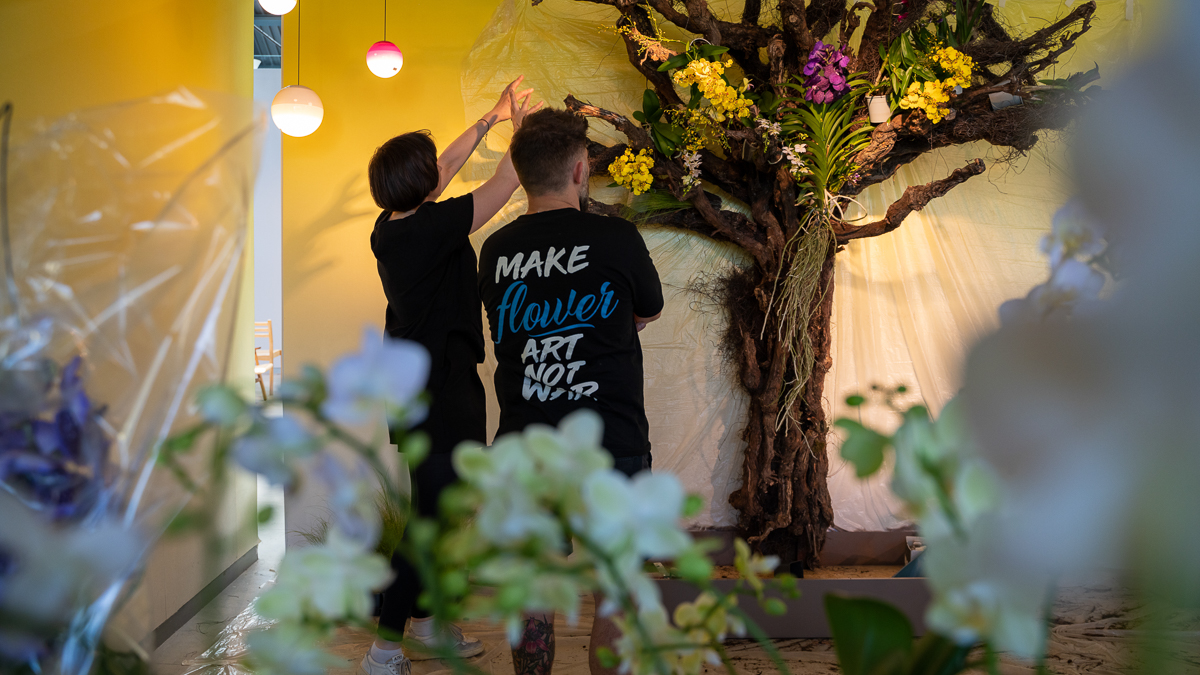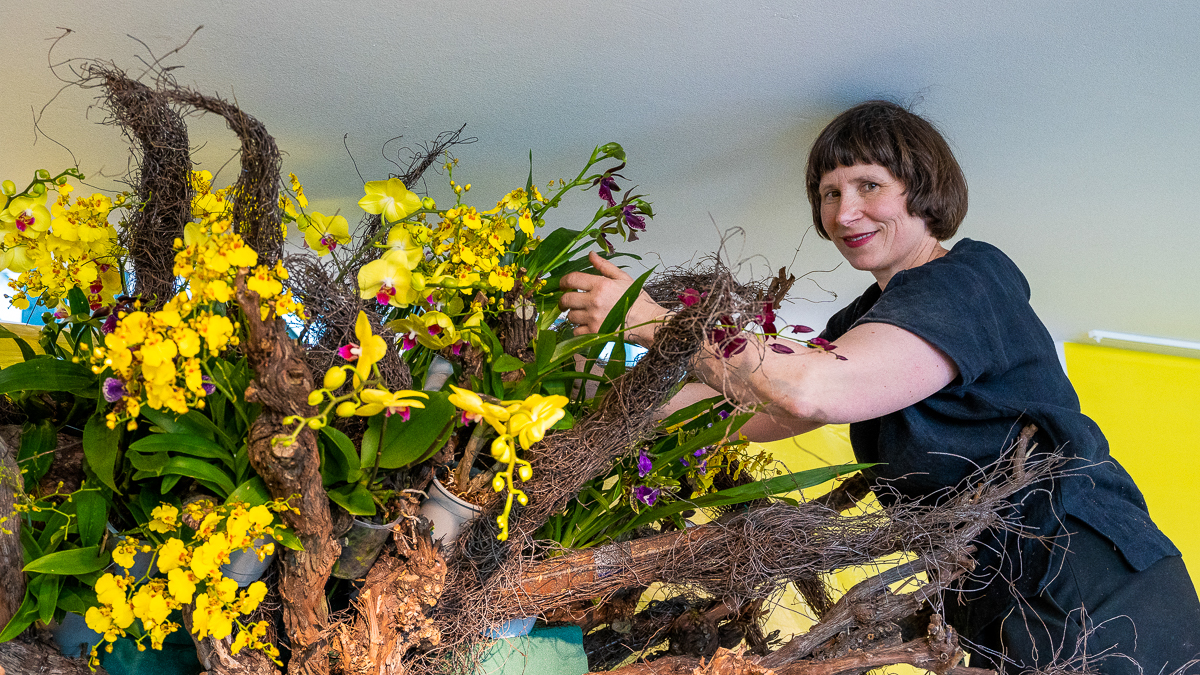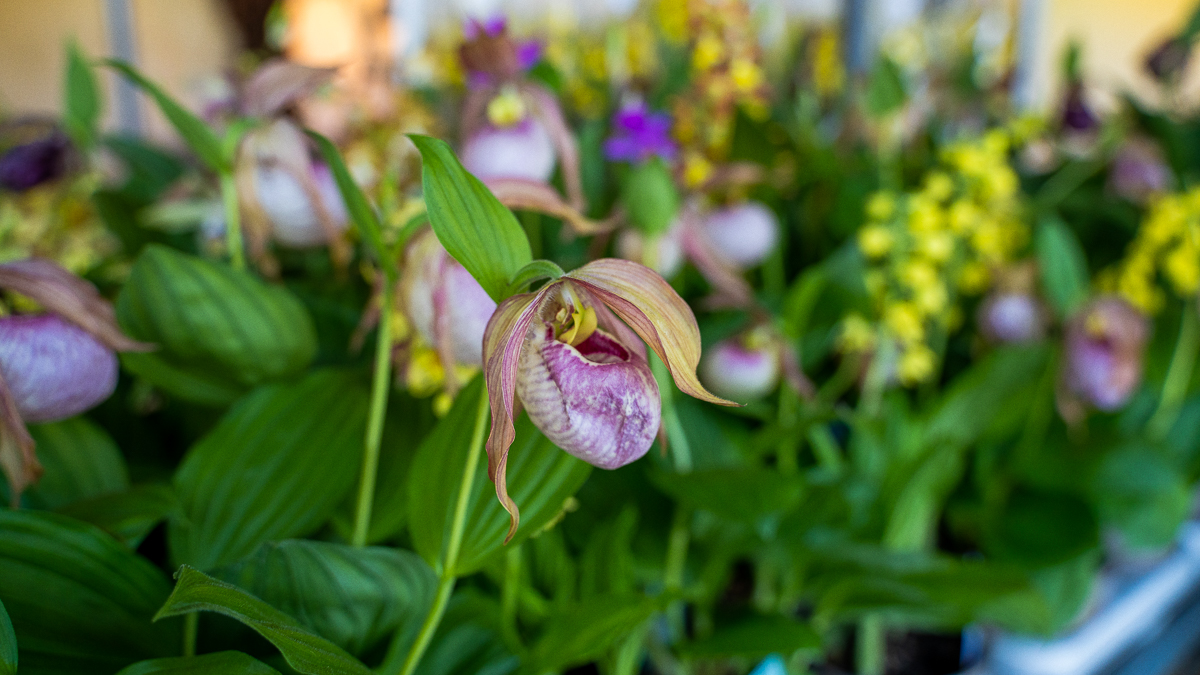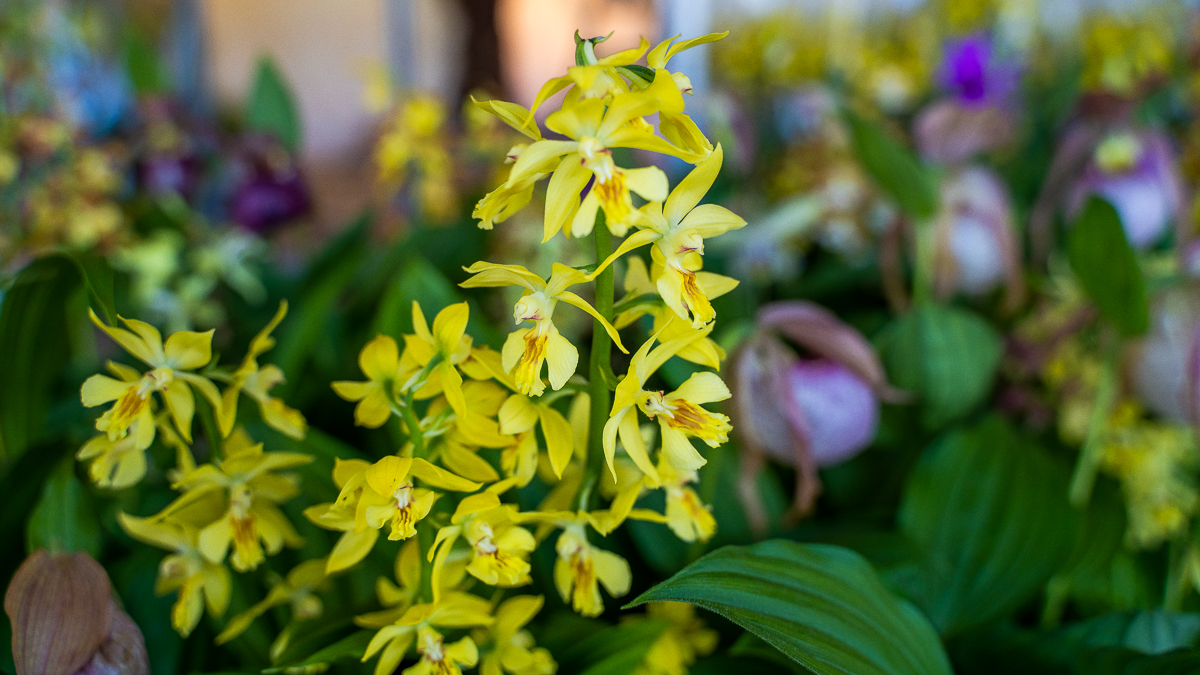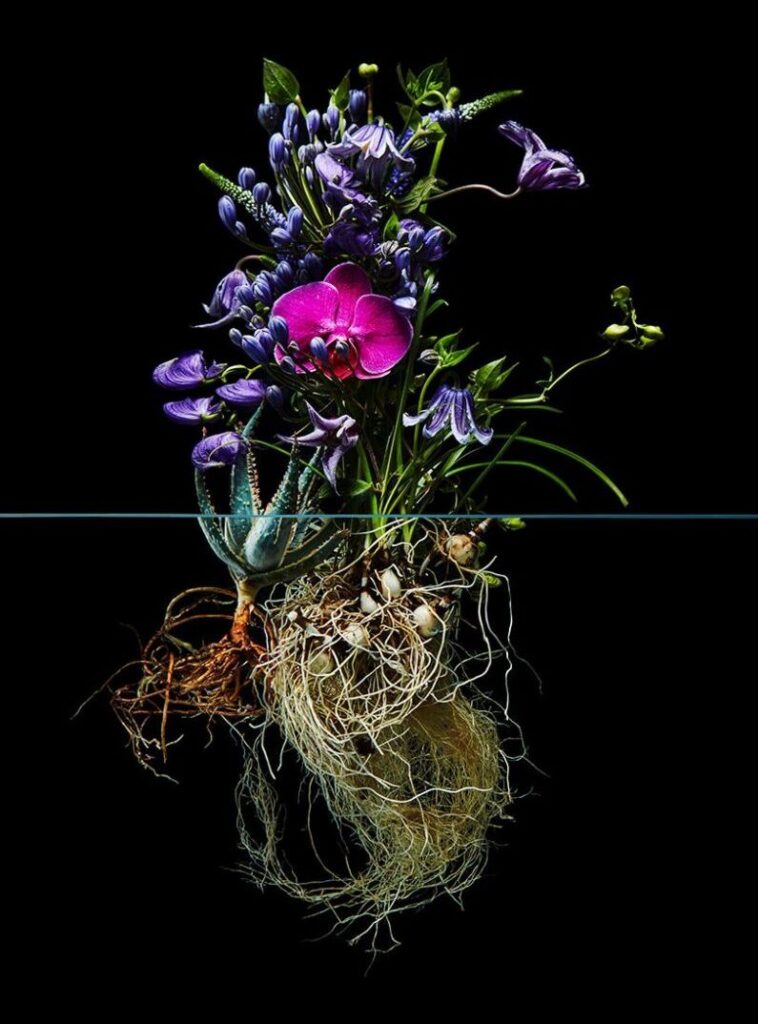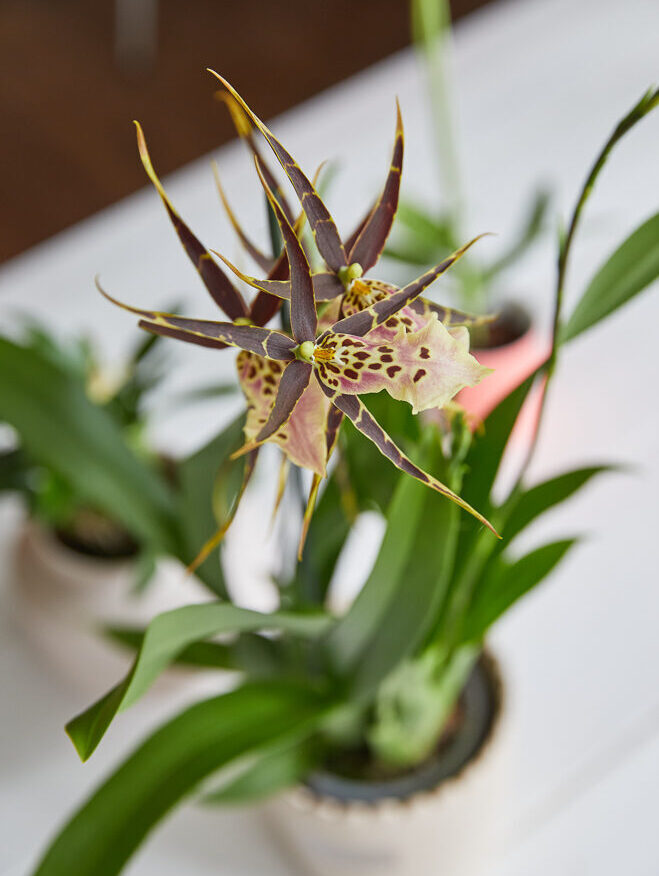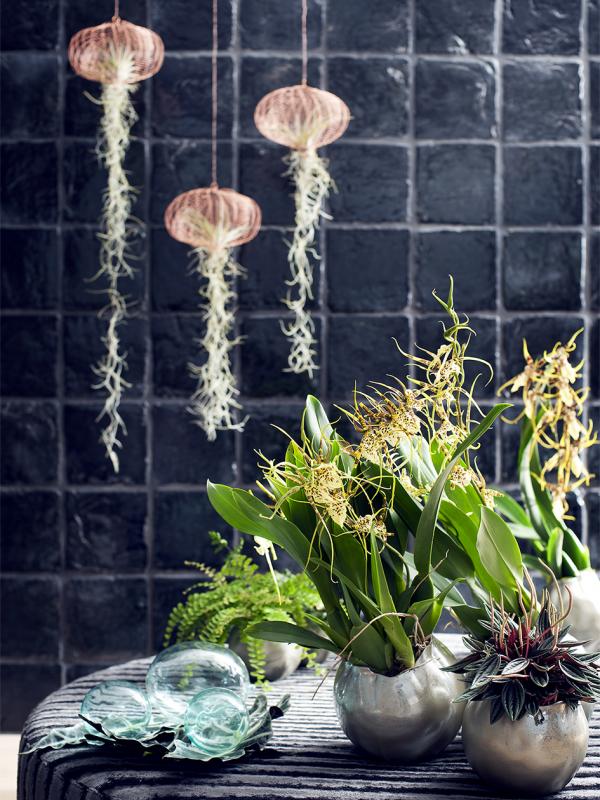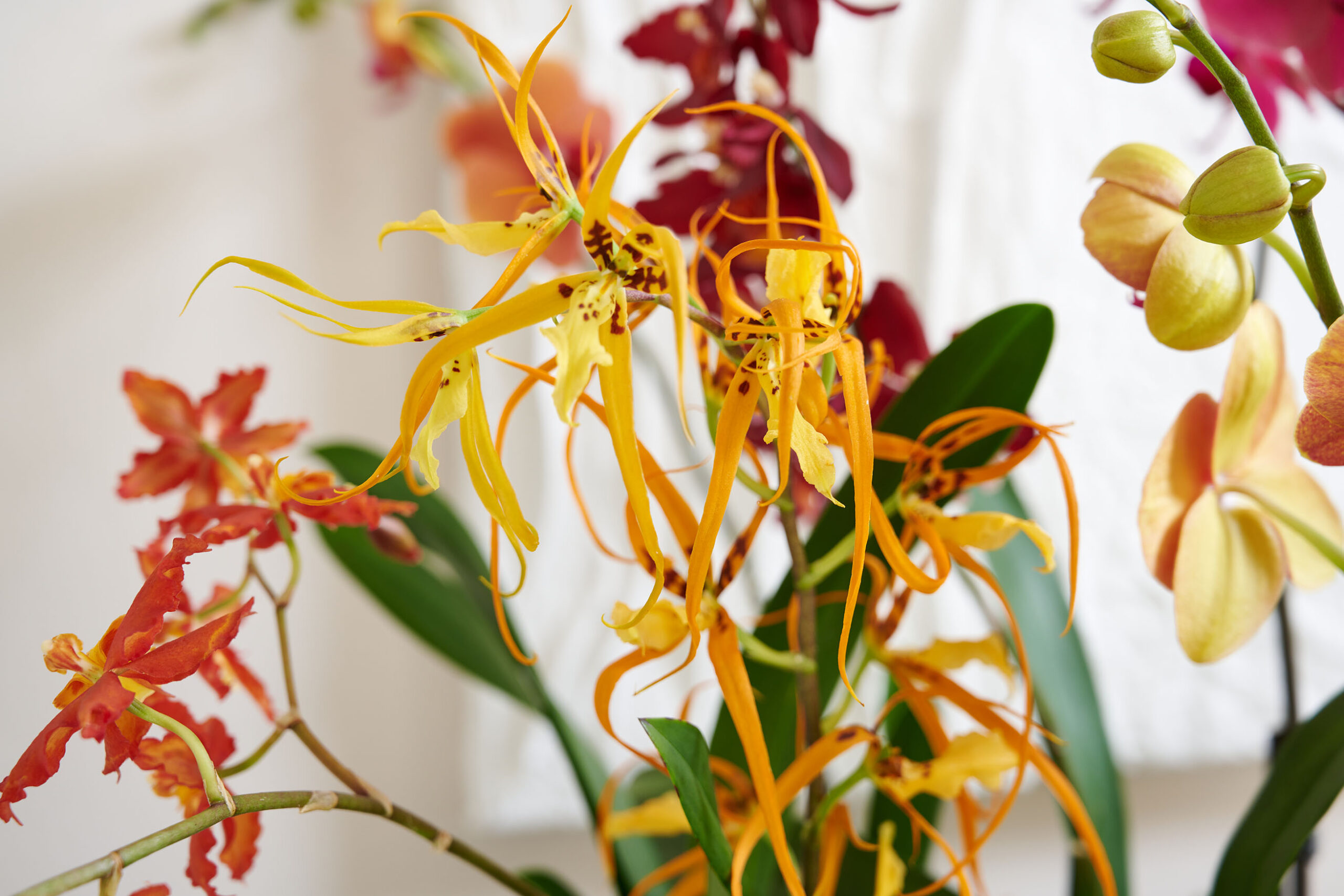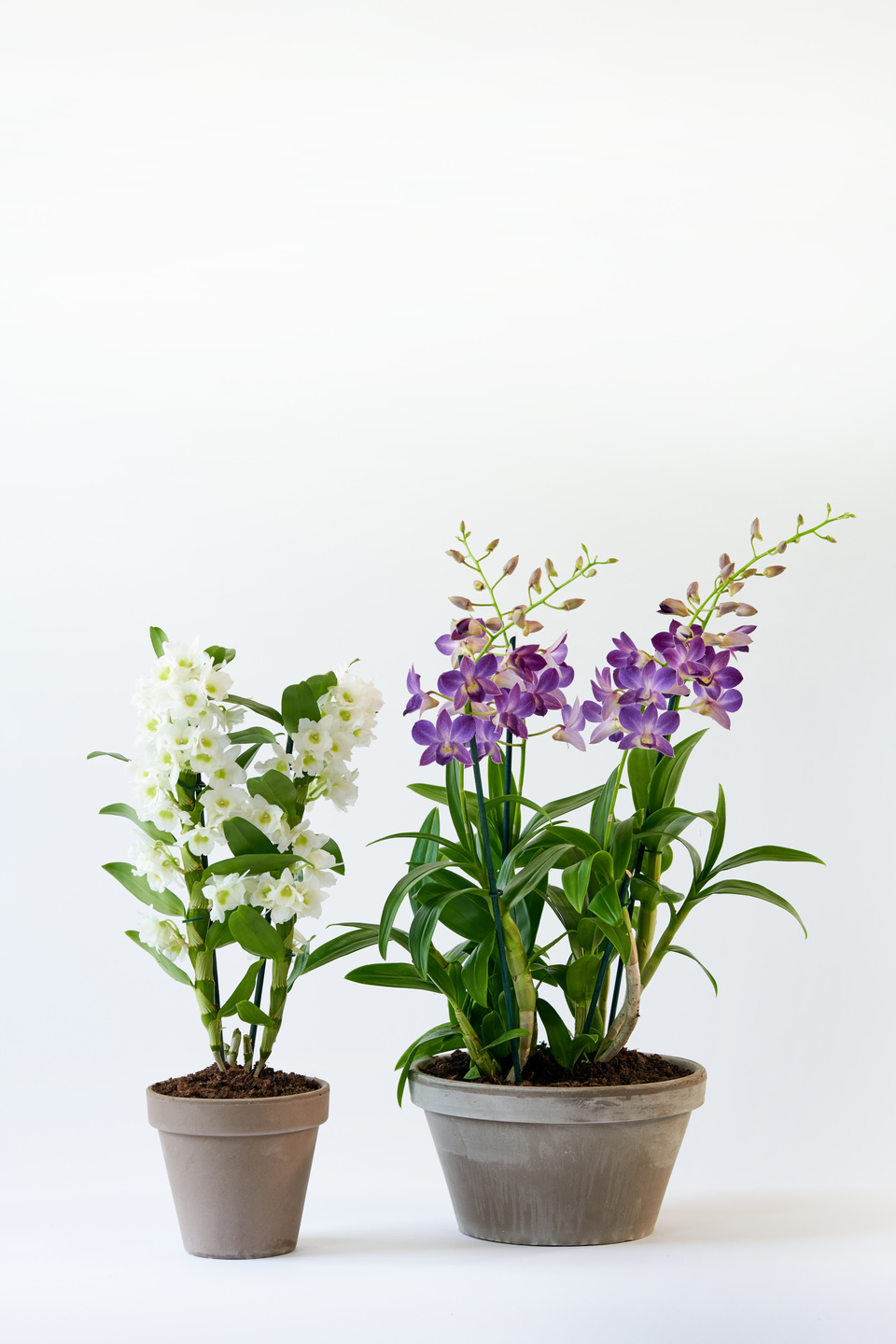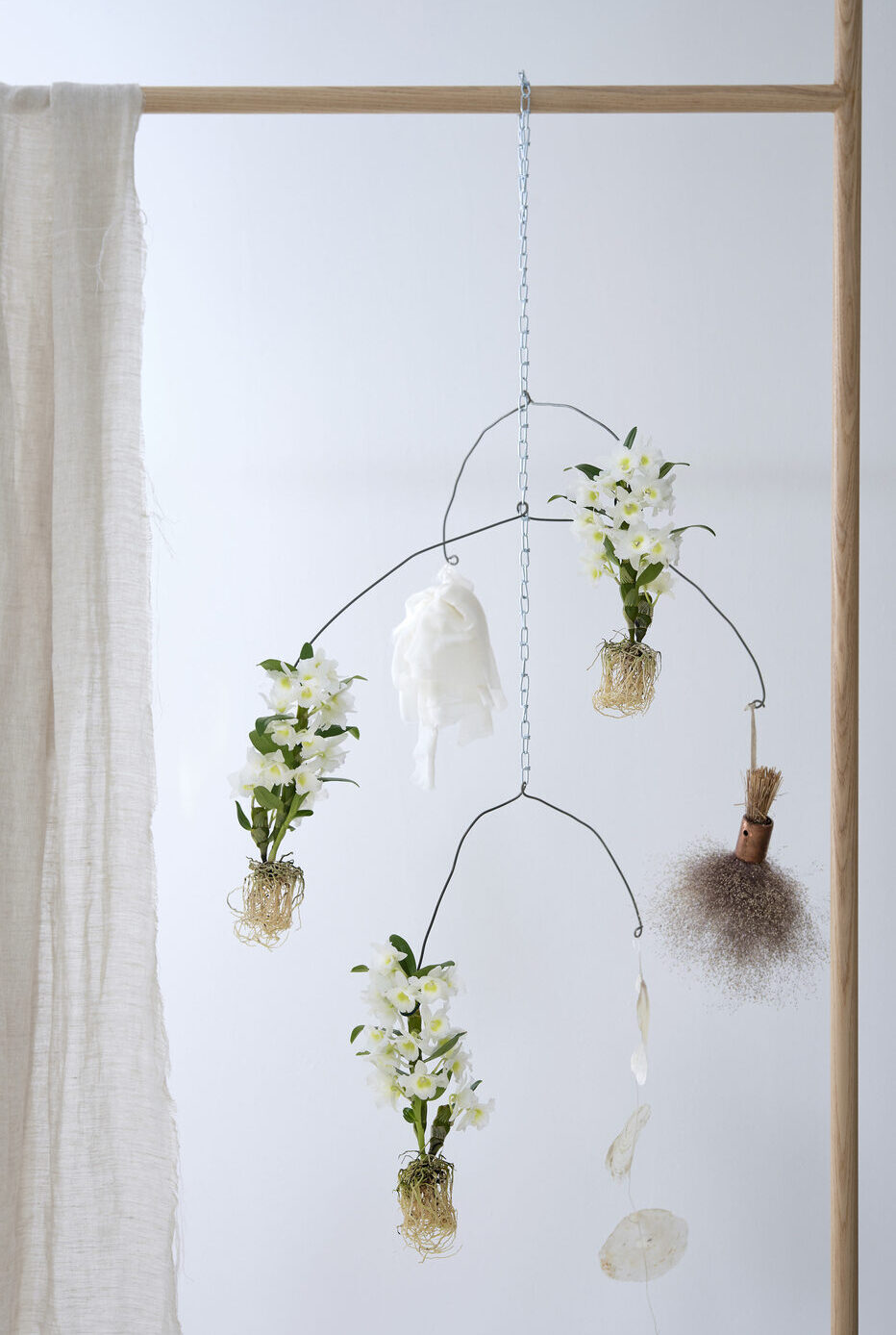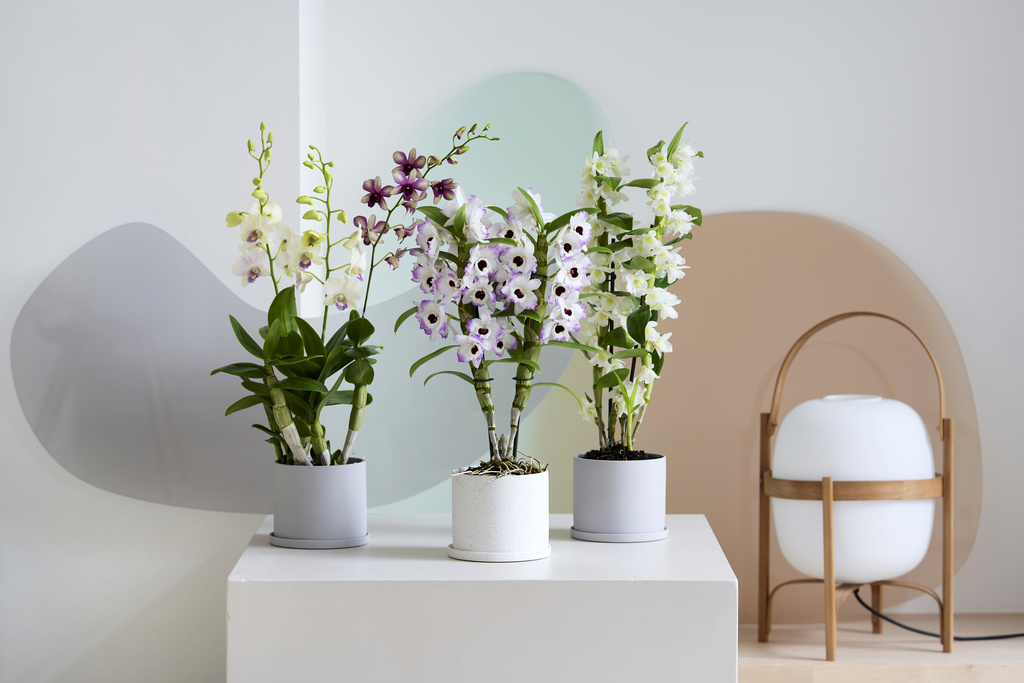Where should I place an orchid in my house? The 4 best spots
Wondering where to place an orchid in your house? Many people place this plant on the windowsill, which is not surprising as it’s a beautiful plant to show off! But there are more places where the orchid can be showcased. In this article, we’ll share the 4 best spots to place your orchid in your home.
Also read: 3 ways to water your orchid
Where should I place an orchid in my house?
The bathroom
You might not think about placing an orchid in the bathroom, but you should! Because orchids are epiphytes, they thrive in humidity. They do need daylight, so if your bathroom doesn’t have windows place your plant in indirect sunlight every now and then.

Photo: Anthura
The living room
Maybe the best place to put an orchid is in the living room. It’s a subtropical plant that likes to be in a spot with a lot of daylight, which in most homes is the living room. Be careful not to place an orchid in direct sunlight, because the leaves can get sunburned. Make sure not to place it near heating or in a draught either: the ideal room temperature for an orchid is between 15 and 25 degrees.
The bedroom
Indoor plants provide a calming environment and therefore are ideal for the bedroom. Waking up with such an exotic plant on the bedside table provides instant happiness! Just like in the living room, most bedrooms receive a lot of daylight. A good spot for an orchid!
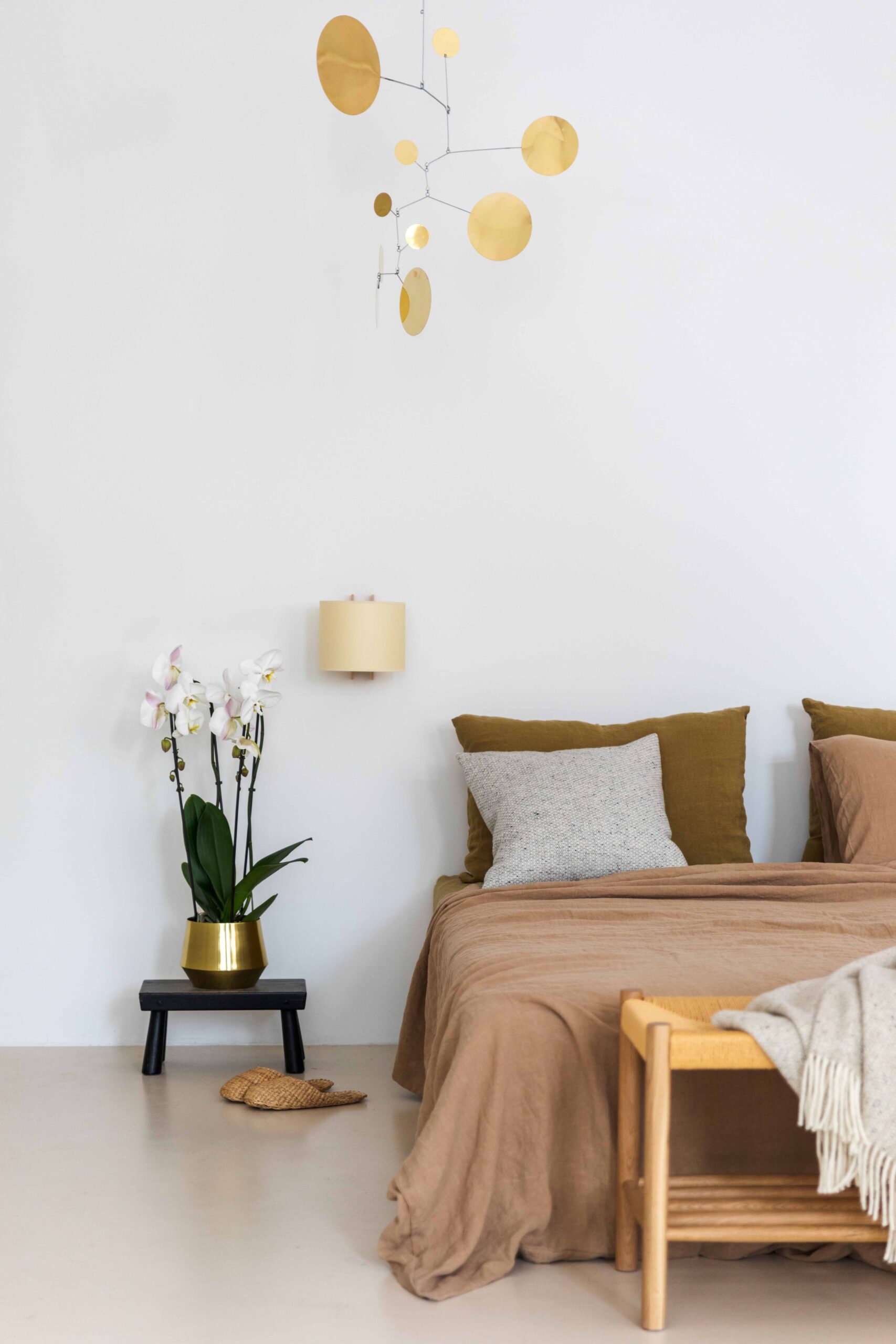
In the (home) office
Research has shown that plants can have a positive impact on productivity. Plants in the workspace can increase productivity by up to 15%! People also complete tasks faster, without the quality deteriorating. In addition, plants have a positive effect on your concentration, because they reduce noise by 8%. Enough reasons to fill your desk or home office with a beautiful collection of orchids, right?
Also read: Add colour to your kitchen with the help of orchids
